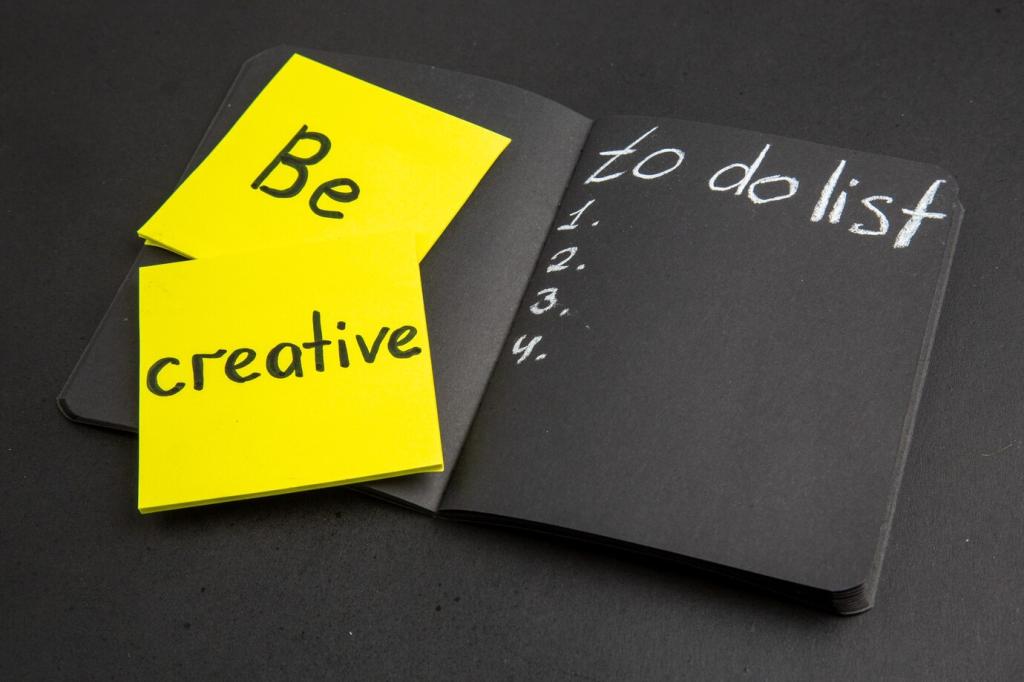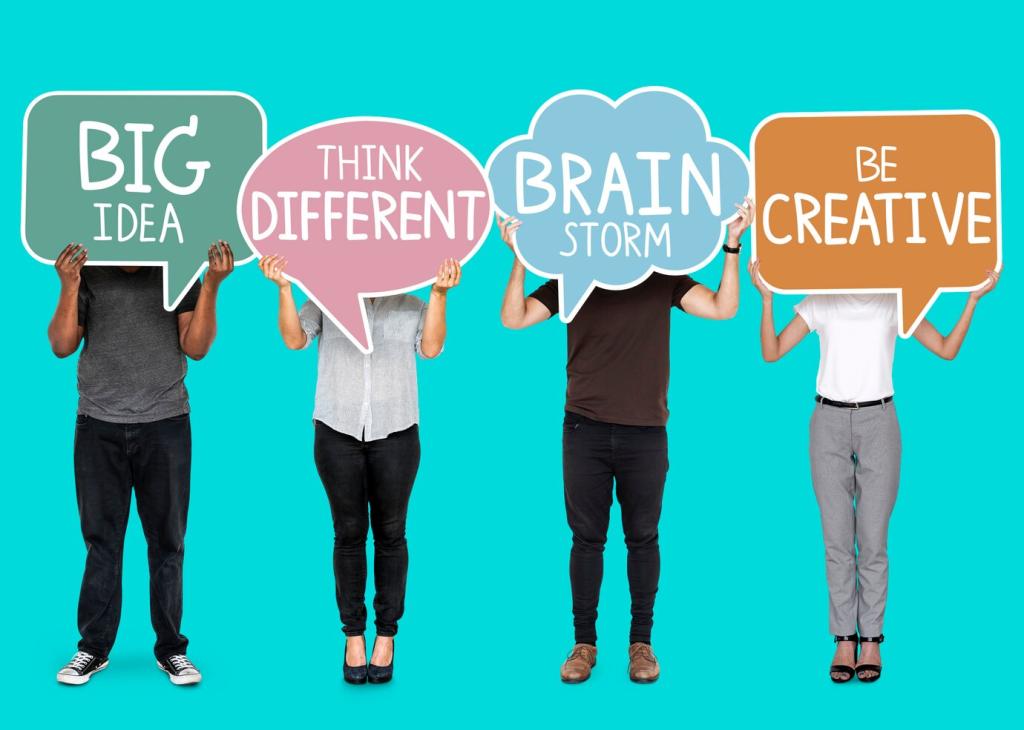Building Better Habits: From Bias to Advantage
Keep a decision journal noting thesis, risks, and what would change your mind. Revisit regularly to learn whether outcomes or processes need improvement. Share your journal template with our community and inspire others to build reflective, evidence-driven habits.
Building Better Habits: From Bias to Advantage
Estimate probabilities, then score your calibration as results arrive. Over time, adjust your confidence levels to match reality more closely. Join our monthly calibration challenge—post your forecasts, compare with peers, and celebrate progress rather than perfection.
Building Better Habits: From Bias to Advantage
Biases shrink when we think together. Discussion groups, accountability partners, and transparent postmortems create collective wisdom. Comment with one habit you’ll try this week, subscribe for weekly prompts, and invite a friend to build a more thoughtful investing circle.





